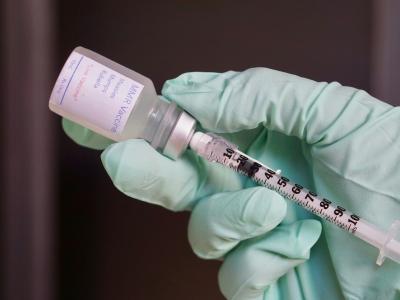Osivax, a biopharmaceutical company based in France, announced today that it has received a $19.5 million contract from the Biomedical Advanced Research and Development Authority (BARDA), which is part of the US Department of Health and Human Services (HHS), to develop a broad-spectrum influenza A candidate vaccine for pandemic and seasonal flu preparedness.

The company said the agreement will support ongoing clinical development, large-scale trial preparation, and preparing manufacturing systems to produce the vaccine, with $11.5 million earmarked for clinical development and $8 million for preparing a large efficacy study. The agreement has potential funding for future options that could support phase 2b and scale-up activities.
Vaccine targets conserved region
The vaccine, called OVX836, is designed to target the nucleoprotein (NP) of the influenza A virus, which is a highly conserved internal antigen and is less likely to mutate, which could provide a broader, more universal immune response. The company’s platform involves the design and production of a recombinant NP that self-assembles into a nanoparticle and triggers T- and B-cell immune responses. Early clinical trials involving 1,400 participants have shown promising safety and immunogenicity data.
.jpg)


.jpg)











